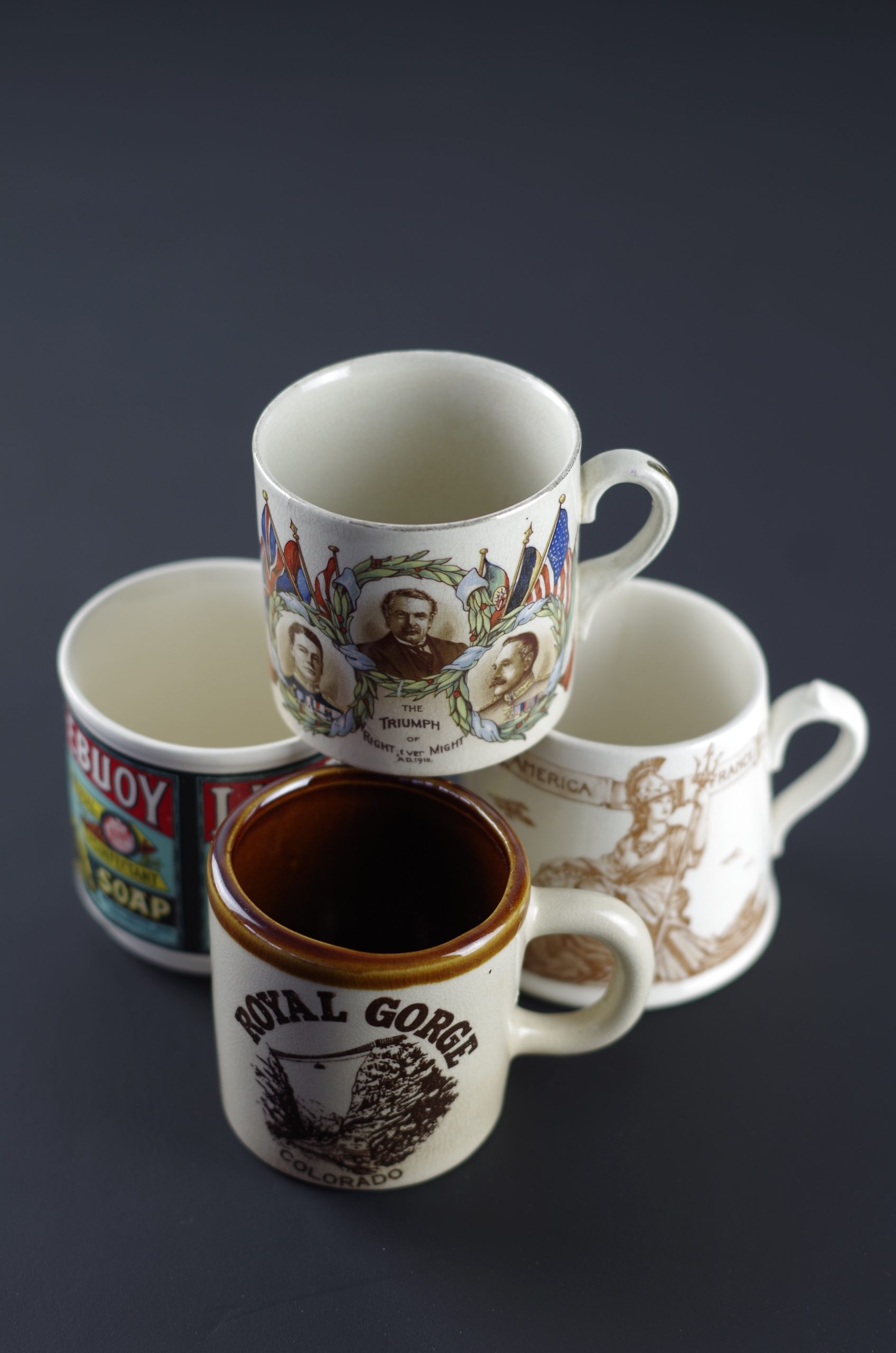From the Persian “tasht” to the Arabic “tas” to the French “tasse” to the German “Tasse”, the drinking cup is nowadays literally on everyone’s lips. But its history goes back thousands of years, during which it has lived through many changes. Due to the fact that porcelain comes from ancient China, the Persian word may have originated from the porcelain trade.
The very first cups were found in China and Japan dating back to the Mesolithic period, approximately 10,000 BC , and were carved from bones. In Egypt, Mesopotamia and China, cups that were made of clay, bronze or silver were used as early as 5,000 years ago. These early cups were primarily used for drinking wine and beer. As early as the late Neolithic period, around 2500 BC, the first pottery wheel was found in China, on which the first cups were made. A major disadvantage of these clay cups were their thick walls, which initially made them still unsuitable for the mouth.
Later on, the development of metalworking techniques during the Bronze Age made thinner walls possible. Elaborately decorated drinking vessels were created in ancient times; the Greeks and Romans became known for their artistically designed ceramic and silver vessels. The entire Middle Ages was characterized by drinking vessels and goblets made from a wide variety of materials such as ceramics, wood and simple metals; even drinking horns were common.
The invention of porcelain in China during the Tang Dynasty played a decisive role in the further design of cups. The origin of porcelain dates back to the 7th century in China. It was only over 700 years later that the adventurer Marco Polo brought the noble material that the Chinese used as tableware to Europe for the first time. Portuguese traders did not only import the new ceramic material, but brought also the first tea from China to England. Suddenly, achievements from the Far East that were completely unknown in Europe appeared and thrilled the rich of the time. The new luxury goods were correspondingly expensive, thus people drank their tea in very small quantities and from very small cups.
It was only in the 18th century that the craftsmen of the city of Meissen managed to decipher the formula for the expensive imported goods. Now the triumph of the European nobles could no longer be stopped. Although waterproof, ceramic is simpler and less stable and consists of coarse clays. Unlike ceramics, porcelain is cast, and its complex processing makes it so much more expensive than conventional ceramics.
Nevertheless, the cups back then werestill significantly smaller than our cups today. This changed with the expansion of the British tea empire, which brought with it a rapid fall in prices. Tea became significantly more affordable and of course started to be consumed in much larger quantities than before. This of course reflected itself in the size of the cups. The first coffee cup, however, was seen in Europe in the 17th century in Venice, and from there it began to spread to other European countries.
During the Industrial Revolution, transfer printing became an important decorative technique. This and other printing innovations enabled the mass production of individually designed mugs. With the advent of to-go coffee, the coffee cup became even more popular as a promotional item. Printed to-go cups have become an indispensable part of today’s streetscape.







